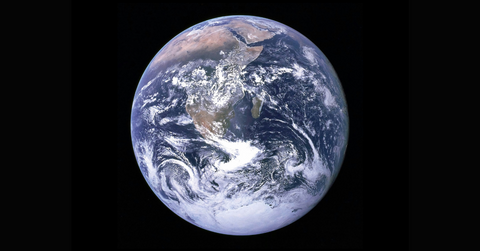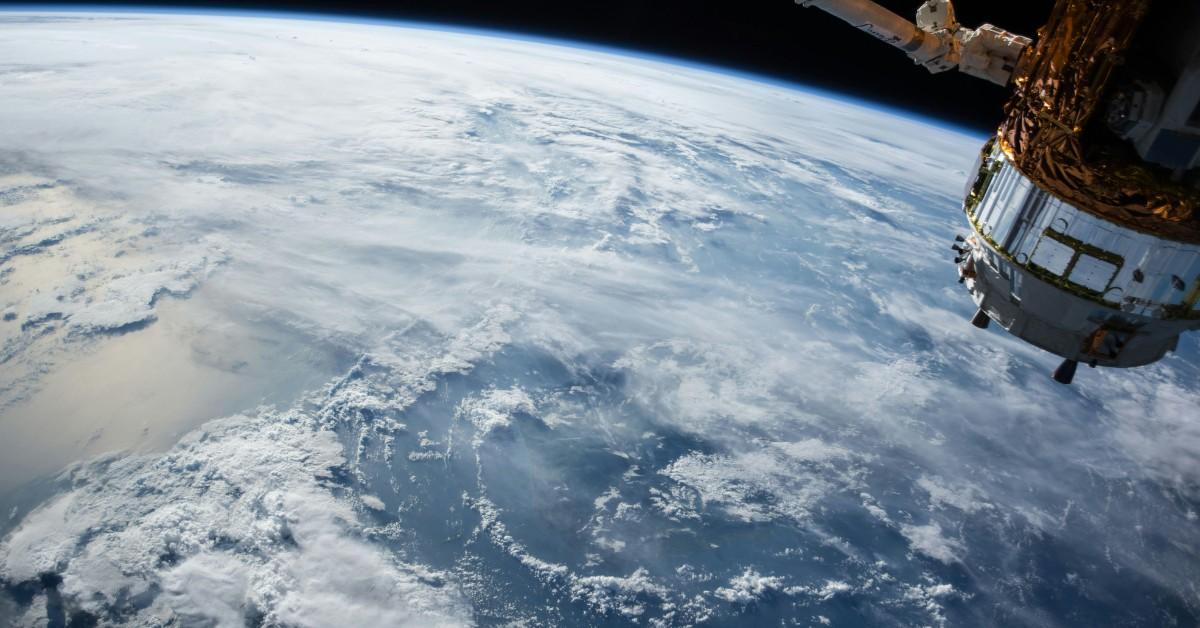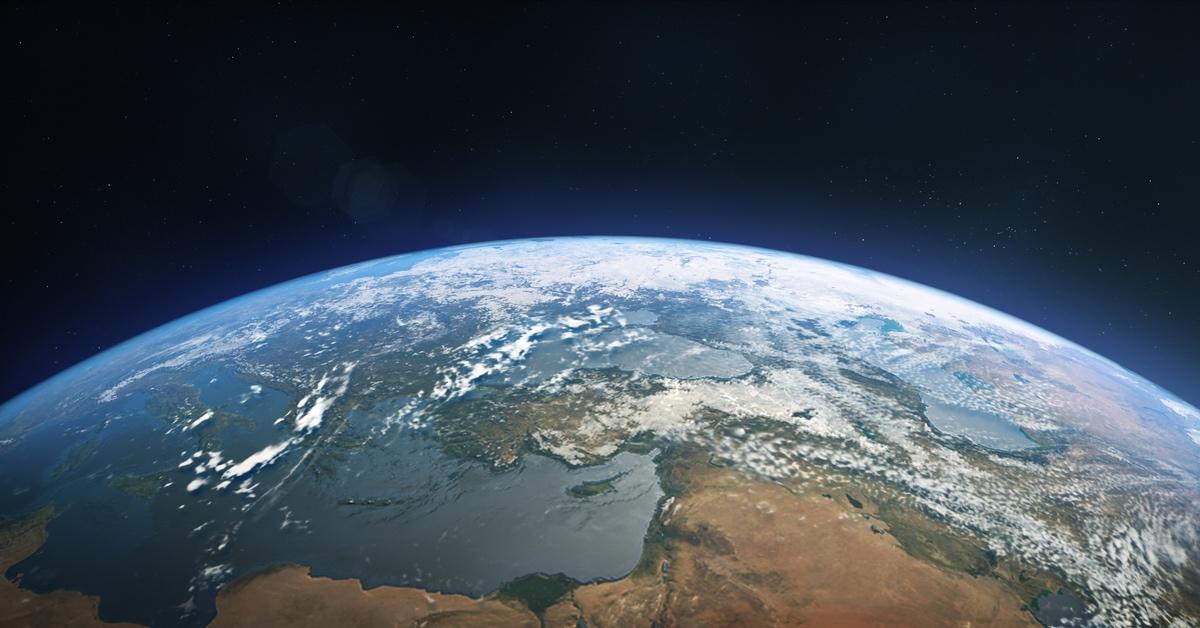The Earth’s Magnetic North Pole Is Moving — Here's What That Means for the Planet
Liquid metal moving within the Earth's core may be behind the change.
Published Nov. 20 2024, 2:18 p.m. ET

Besides the geographic North Pole — an area that some children worldwide recognize as the home of Santa and all his reindeer — the Earth also has a magnetic North Pole.
These magnetic poles are caused by a mix of metals that lie beneath the Earth's surface. They're responsible for many things we take for granted in our day-to-day lives, like the reliability of the Earth's Global Positioning System (GPS).
Scientists have discovered that the Earth's magnetic North Pole is rapidly shifting under our feet and moving at a pace unlike anything experts have ever seen.
Learn more about the magnetic North Pole's movement, including what it could mean for our future, below.

Is the Earth's magnetic North Pole moving?
According to USA Today, the magnetic North Pole is not only moving, it's moving quickly. British scientists have been tracking the change, and they've discovered that the pole has been making a beeline for Siberia in Russia at a rapid rate since the 1990s.
Between 1600 and 1900, experts believed that the pole only moved around 6 miles a year. However, at the turn of the century, it seemed to speed up a bit, jumping to 34 miles per year.
While USA Today says it did drop back down to 22 miles per year around 2019, it seems like the movement has picked up once again, with the magnetic North Pole ending up in Russia sometime around 2040.

Why is the Earth's magnetic North Pole drifting so rapidly?
The increased rate of speed at which the North Pole is moving — and it's worth noting that it does move as part of the normal course of operations — has a lot to do with the Earth itself.
The Earth has several different layers. Each layer has different compounds and elements inside, with the outer core consisting mainly of molten iron.
When the flow of that liquid metal changes inside the Earth's core, it can cause the planet's magnetic field to shift as well. And when that happens, the magnetic core also gets a jolt, moving into a new position.
According to a 2020 study, this accelerated switch was likely brought on by a change in the flow of that molten iron that took place between 1970 and 1999.
This is good news for anyone worried about this announcement since it would seem that the molten metal inside the Earth's layers has been changing for decades without much notice from anyone living above the surface.
What is the difference between magnetic fields shifting vs. flipping?
Sometimes the magnetic North Pole and South Pole do switch places. So how does the shifting of these fields differ from the flip? To put it plainly, the shifting happens over the course of thousands of years, moving slowly into new locations.
Once they arrive in those new locations and appear as polar opposites — no matter where they are in relation to the geographical north and south — they are considered flipped.
The Science Alert blog notes that scientists can't exactly narrow down a date when that will happen, they do believe that it's still a very long way off. That may be good news for the rest of us since they're not exactly sure what would change with the Earth once the poles have flipped.
Considering the change could do everything from increase humanity's exposure to cosmic radiation to rendering handheld compasses useless, it's hard for them to know exactly what to expect.
With an estimated 100,000 to 1,000,000 until the poles reach their final destination, scientists can only theorize what the planet will look like when it finally happens.